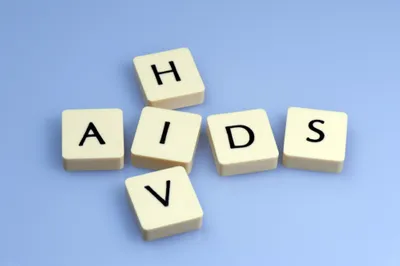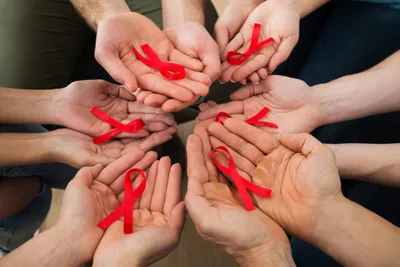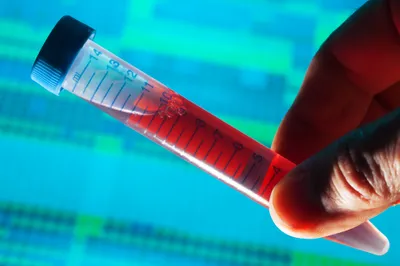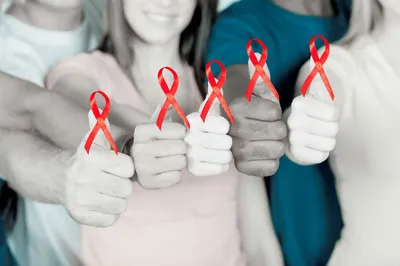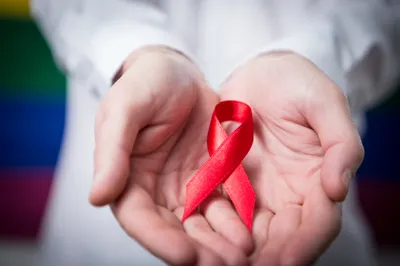During the 1980s, when the abbreviations HIV and AIDS emerged as major points of discussion across the United States, a diagnosis with one of these afflictions was widely seen as a death sentence. Fast forward three decades or so and, thankfully, that’s no longer the case.
For HIV patients in particular there’s a great deal of hope these days. That’s because there have been a number of highly significant breakthroughs in the war against HIV since the virus took hold roughly 35 years ago. So, what medical breakthroughs have changed how we view HIV?
1. Pre-Exposure Prophylaxis
In addition to microbicides, which can help prevent HIV from being transmitted during sex, pre-exposure prophylaxis (or PrEP) could play a key role in preventing HIV infections. Unlike microbicides, which are applied to the sexual organs, PrEP is a pill that, when taken daily, can effectively lower the chance one will become infected with HIV.
PrEP is aimed at people who are at high risk for becoming infected with HIV, like people who regularly engage in unprotected sex, share intravenous drugs, or share a relationship with someone who has HIV.
2. Microbicides
Microbicides have the potential to prevent the spread of HIV by taking action when and where the virus is actually spread between humans: in the bedroom. These compounds can be applied to the sexual organs to drastically limit the chance that HIV can be transmitted.
Looking to the future, microbicides could act as a supplement or even alternative to condoms for HIV prevention. Clinical trials are ongoing, so it’s hard to classify this as a major breakthrough…yet.
3. Post-Exposure Phophylaxis
It’s all well and good to offer people measures to prevent the spread of HIV, but what happens if one has become exposed to the virus? What do they do then?
Thankfully, post-exposure prophylaxis research is advancing rapidly. This medication can be taken over the course of a month following exposure to the virus. Although it’s not 100 per cent effective, post-exposure prophylaxis is effective in preventing HIV from taking hold in a person who has been exposed to HIV through unprotected sex, sexual assault, or sharing intravenous drugs.
4. Injectable, Long-acting Drugs
For the most part, HIV patients have been treated using pills…many, many pills taken each and every day. While these pill-based medications were generally effective, they often complicated the lives of HIV patients.
The good news: this could be changing with the rapid introduction injectable medication that’s long-acting, meaning it only has to be taken once every few weeks or even once every few months.
5. Aviro HIV Application
Tech firm Aviro Health has released an application, or app, that allows medical professionals to quickly and easily determine if an HIV patient is a suitable candidate for antiretroviral therapy, which can dramatically reduce the spread of the HIV virus and improve the medical forecast for HIV patients.
But that’s not all: the Aviro HIV app can also help medical experts determine which medications and treatment processes will work best for each individual.
6. Faster to Zero
If you’ve never heard of Faster to Zero, it’s a new partnership involving South Africa-based non-profit group HealthEnabled and Knowledge for Health, which makes critical health services more accessible to people living in developing nations.
The primary goal of Faster to Zero: stop the transmission of HIV from mothers to their children. To transmit their message, Faster to Zero is using mobile tools, like smartphones, to get the attention of women with HIV. Such an approach has huge potential to educate people about HIV.

